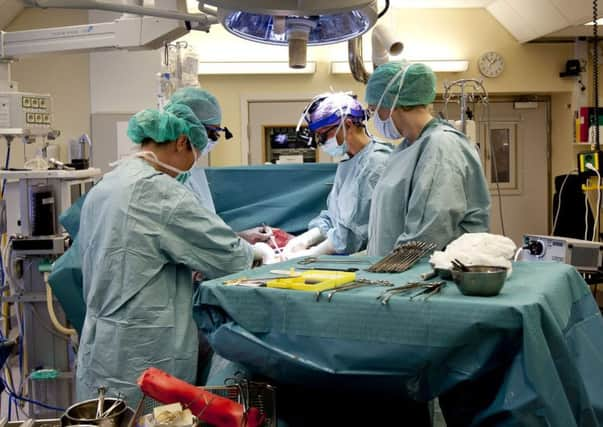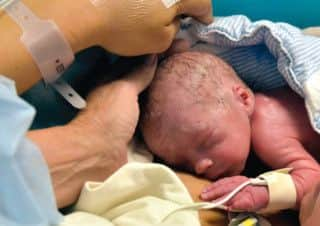First womb transplant baby born


Which is why his parents named him Vincent – meaning “to conquer” – according to his Swedish mother, who is recovering after the successful birth.
The 36-year-old woman, who was born without a uterus, received a donated womb from a friend in her 60s. The medical journal The Lancet says the baby was born prematurely, weighing 1.8kg (3.9lb).
Advertisement
Hide AdAdvertisement
Hide AdThe couple, who have asked to remain anonymous and are both competitive athletes, went through IVF to produce 11 embryos, which were frozen.


University of Gothenburg doctors then performed the womb transplant, later giving the woman drugs to prevent the immune system from rejecting it.
The woman gave birth in September but the details only came to light on Friday night.
“I was terribly sad when doctors told me I would never carry my own child,” the woman said. More than a decade later, she heard about research led by Dr Mats Brannstrom, a professor of obstetrics and gynaecology at the University of Gothenburg and Stockholm IVF, on transplanting wombs. She immediately signed up.
“Mats told us there were no guarantees, but my partner and I, maybe we like to take risks, we thought this was the perfect idea,” she said.
The woman’s mother had wanted to be a donor but was not a match.
Instead, she received her new womb from a 61-year-old family friend, who had previously had two sons. She is now Vincent’s godmother.
“She is an amazing person and she will always be in our lives,” the mother said. “And she has a very special connection to my son.”
Advertisement
Hide AdAdvertisement
Hide AdThe feat opens up a still experimental alternative for some of the thousands of women unable to have children.
Before this case proved the concept can work, some experts had questioned whether a transplanted womb could nourish a foetus.
The woman first learned of her condition aged 15. It affects one girl in every 4,500.
Cancer treatment and birth defects are the main reasons women can be left without a functioning womb.
Others have questioned whether such an extreme step – expensive and fraught with medical risks – would be a realistic option for many women.
“It was a pretty tough journey over the years, but we now have the most amazing baby,” the father said in an interview.
“He is very, very cute, and he doesn’t even scream, he just murmurs.”
Earlier this year, Brannstrom began transferring embryos into seven other women. He said there are two other pregnancies at least 25 weeks along.
Before these cases, there had been two attempts to transplant a womb – in Saudi Arabia and Turkey – but no live births resulted.